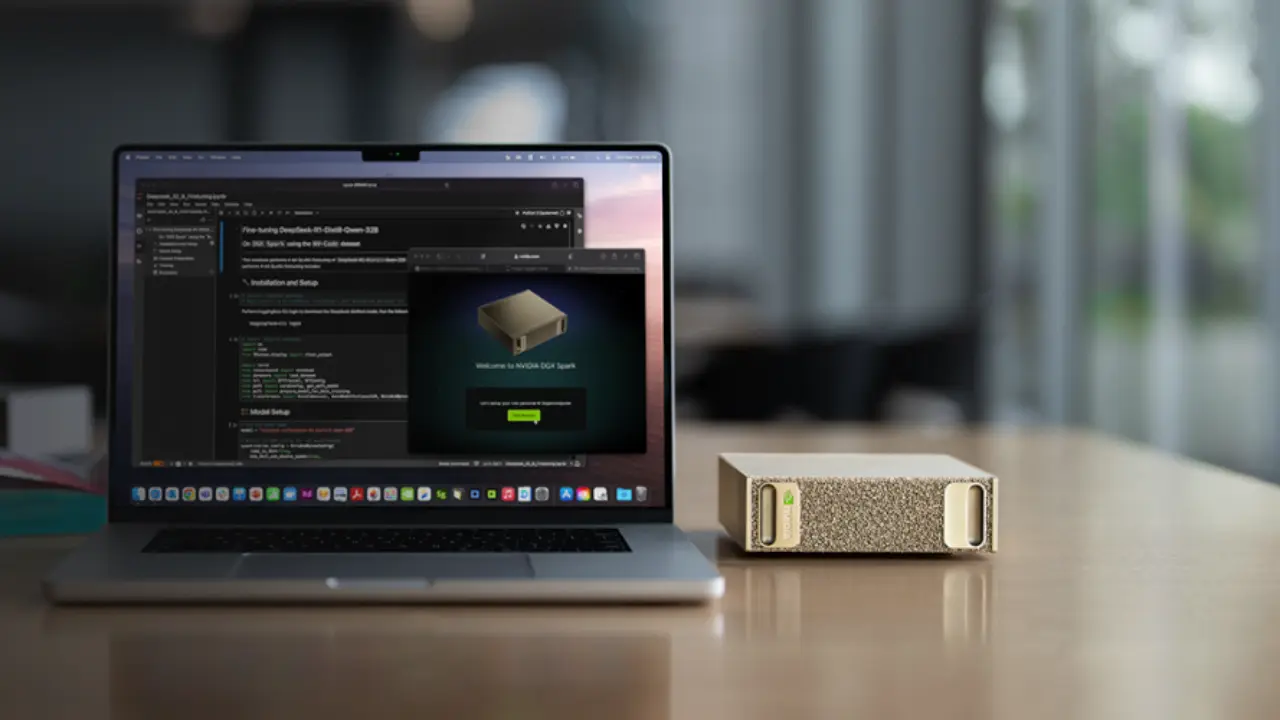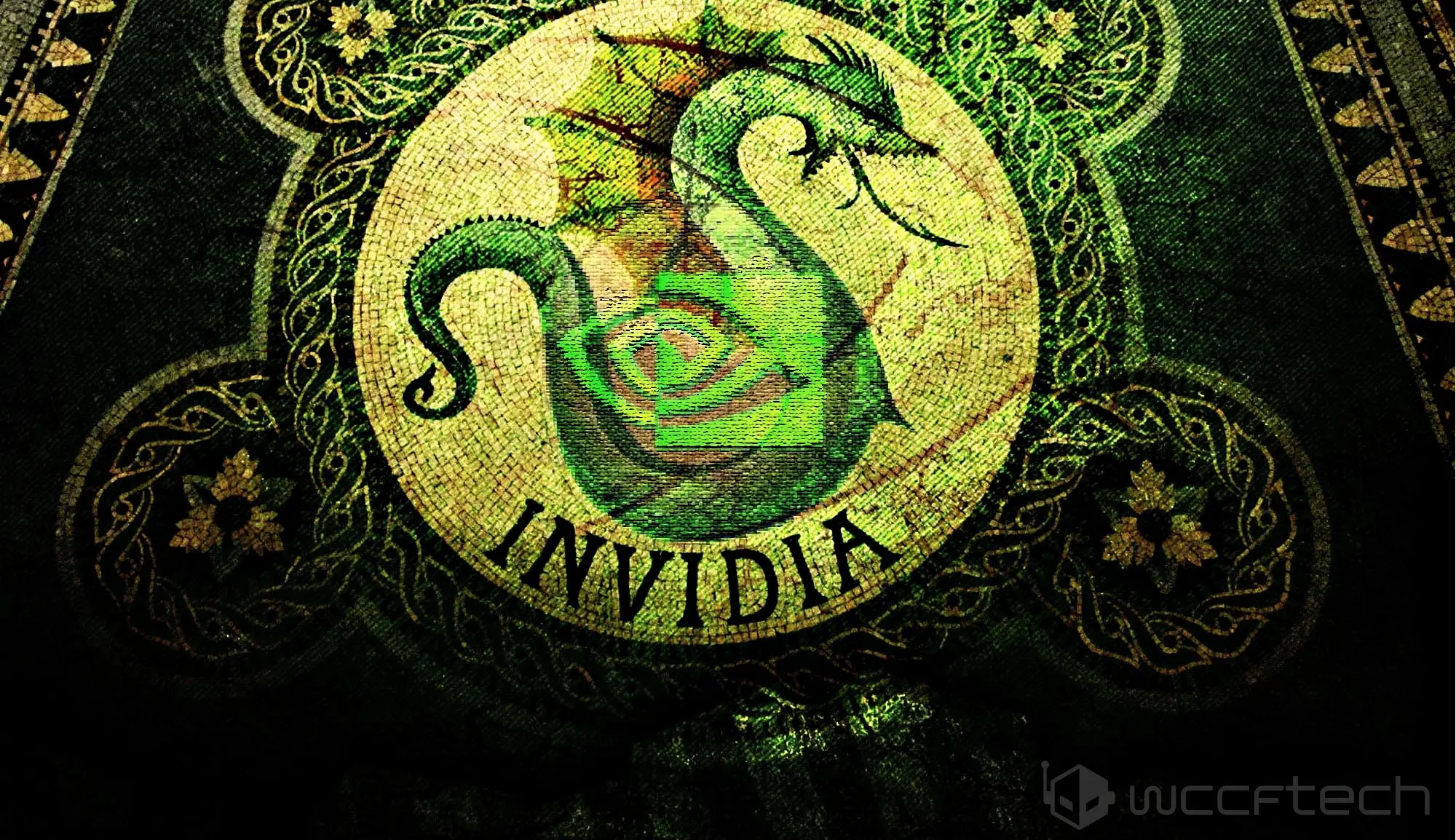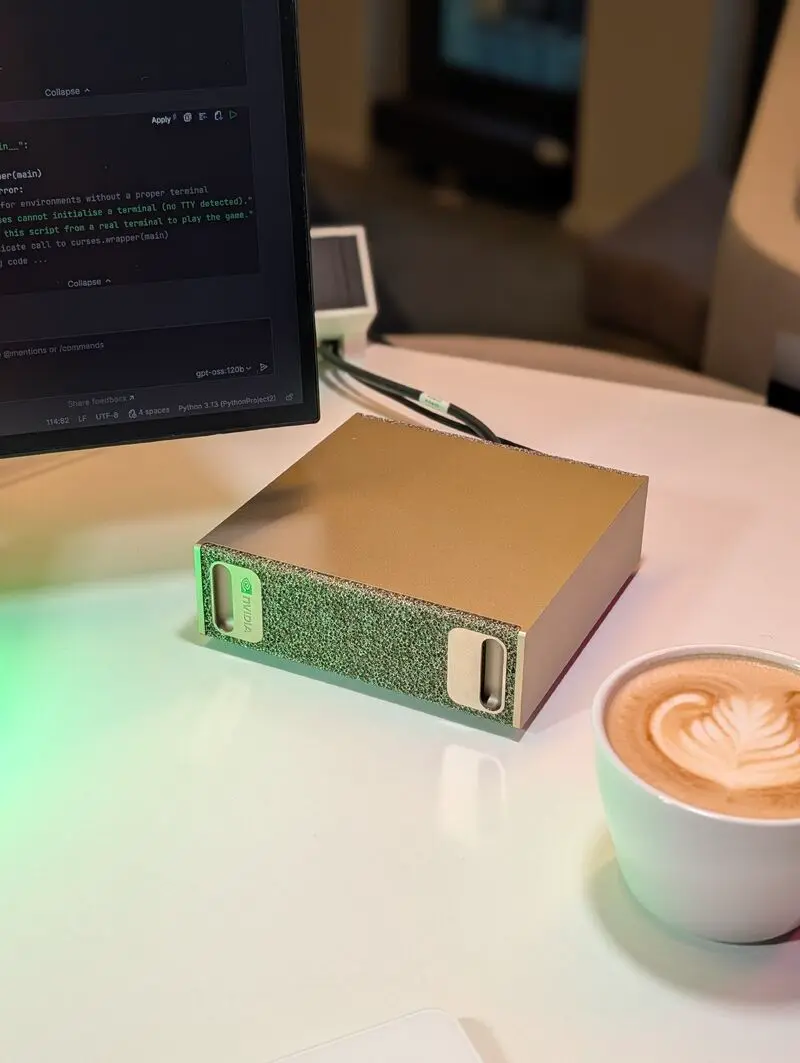
NVIDIA's DGX Spark vs AMD Strix Halo: The $4,000 AI Paperweight vs The People's Champion
Real performance breakdown reveals NVIDIA's boutique AI PC versus AMD's value powerhorse in local AI inference battles.
When NVIDIA announced the DGX Spark would stream big AI workloads onto your desk, it sounded revolutionary. Six months and several unboxings later, the reality hits different: you’re paying boutique prices for what amounts to modest performance gains over AMD’s Strix Halo, and sometimes worse.
The Hardware Philosophy Clash
First impressions tell the story: the DGX Spark feels like enterprise gear slapped into a mini form factor. “It has absolutely no LEDs, not even in the LAN port”, one developer noted, “and the on/off switch is a button, so unless you ping it over the network or hook up a display, good luck guessing if this thing is on.” All ports are in the back, single HDMI, USB-C power only, 3x USB-C 3.2 ports, 10G ethernet and dual QSFP ports for 200Gbps networking.
Compare that to Strix Halo setups like the GMKTek Evo x2 128GB: standard mini-PC design with multiple display outputs, normal M.2 slots, and familiar x86 architecture. The DGX Spark uses ARM architecture with 20 cores (10 performance + 10 efficiency), while Strix Halo sticks with conventional x86, which matters more for AI work than you might think.
The DGX Spark ships with a custom Ubuntu-based DGX OS 7.2.3 using NVIDIA’s older 6.11.0 kernel versus current Ubuntu LTS’s 6.14.x. Initial setup proved problematic, common Logitech keyboard combos wouldn’t work until after firmware updates. The single 4TB PCIe 5.0x4 M.2 SSD uses the non-standard 2242 form factor, making upgrades tricky.
Raw LLM Performance: The Numbers Don’t Lie
Let’s cut to what matters: token generation speed. On the 120B parameter GPT-OSS MXFP4 model, benchmark results show:
DGX Spark with CUDA:
- Prompt processing (pp2048): 1939.32 ± 4.03 t/s
- Token generation (tg32): 56.33 ± 0.26 t/s
Strix Halo with ROCm:
- Prompt processing (pp2048): 999.59 ± 4.31 t/s
- Token generation (tg32): 47.49 ± 0.01 t/s
The DGX Spark nearly doubles prompt processing throughput but only gains about 20% in token generation, the metric that actually matters for interactive use. When you factor in that Strix Halo systems cost roughly half as much, the value calculation gets murky.

In real-world testing of Qwen3 Coder models ↗, Strix Halo hit 35.13 tokens per second versus DGX Spark’s 38.03 tokens per second, a mere 8% difference. For the Llama 3.3 70B model, Strix Halo actually edged out the Spark: 4.9 tokens/second versus 4.67 tokens/second.
The vLLM Reality Check
Where the DGX Spark should theoretically shine, optimized frameworks like vLLM, the experience proves surprisingly rough. Developers report needing custom patches to avoid amdsmi package crashes and specific configurations to get FP8 models running properly.
One developer’s experience with vLLM on Strix Halo reads like an adventure: “I installed ROCm pyTorch libraries from TheRock, some patches from kyuz0 toolboxes to avoid amdsmi package crash, ROCm FlashAttention and then just followed vLLM standard installation instructions.” Even then, FP8 models don’t work, CUDA graphs crash frequently, and AWQ MOE quants require unavailable Marlin kernels.
The DGX Spark’s vLLM experience isn’t flawless either. Building from source fails with cryptic errors like “ptxas fatal: Value ‘sm_121a’ is not defined for option ‘gpu-name’” until you switch to NVIDIA’s container images, which lock you into older versions.
The Unified Memory Advantage
The DGX Spark’s secret weapon is its 128GB unified memory pool. Unlike Strix Halo’s split 32GB CPU + 96GB GPU arrangement, the Spark offers a single 128GB unified pool. This eliminates the need for clever VRAM/system RAM partitioning and allows larger models to run without performance-degrading swapping.
But does this matter in practice? For most local AI workloads, the 96GB VRAM on Strix Halo proves sufficient for even large MoE models. The unified memory advantage becomes most apparent when you’re regularly pushing against the 96GB boundary, which isn’t most developers’ daily workflow.

Development Experience: Linux Headaches vs Plug-and-Play
Strix Halo runs standard Linux distributions seamlessly. The developer experience involves “smooth sailing, up-to-date packages” on Fedora 43 Beta with kernel 6.17.3. The Spark requires wrestling with NVIDIA’s proprietary DGX OS and its older kernel, making dependency management and software compatibility more challenging.
A telling detail: Strix Halo sees model loading times of 22 seconds from cold cache versus the Spark’s 56 seconds, despite the Spark having faster storage (4240 MB/sec versus 3118 MB/sec on Strix Halo). The unified memory architecture introduces overhead that impacts real-world workflows.
Performance Degradation: The Unspoken Issue
Both systems show performance degradation as context length increases, but Strix Halo suffers more dramatically. At 32,768 context length, Strix Halo’s prompt processing drops to 348.59 t/s from 999.59 t/s at zero context, a 65% decrease. The Spark declines to 1242.35 t/s from 1939.32 t/s, about 36%.
For developers working with long document analysis or extensive conversation histories, this degradation pattern matters far more than peak performance numbers.
Who Actually Wins This Fight?
The answer depends entirely on your priorities and budget:
Choose DGX Spark if:
- You need the NVIDIA software ecosystem (CUDA, TensorRT)
- Your workflows regularly exceed 96GB memory requirements
- You value 200Gbps networking for multi-node setups
- Your organization prefers official support channels
Choose Strix Halo if:
- Value per dollar is your primary concern
- You prefer standard x86 architecture and Linux distributions
- Most of your work fits within 96GB VRAM
- You want broader hardware compatibility for non-AI tasks
Several developers expressed disappointment ↗ that the Spark “is essentially the same for inference wrt speed” despite costing twice as much. The sentiment across forums? The DGX Spark is an interesting experiment, but AMD’s value proposition is forcing NVIDIA to justify that premium price tag with more than just brand cachet.
The reality is both systems represent compelling approaches to local AI development, one optimized for enterprise workflows and unified memory, the other for cost-conscious developers who want maximum flexibility. What’s clear is that the competition is heating up, and that’s ultimately good news for everyone pushing the boundaries of local AI capabilities.



